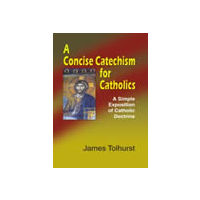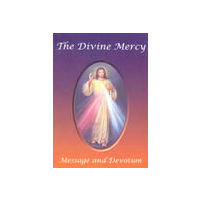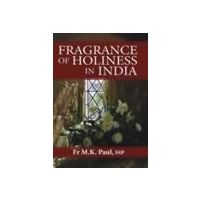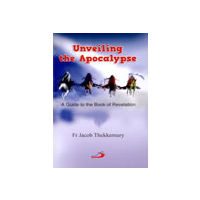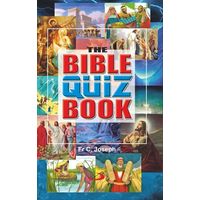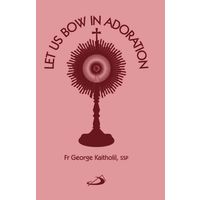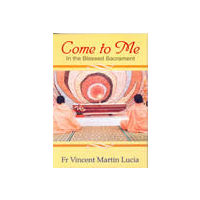Making Of Mumbai, The
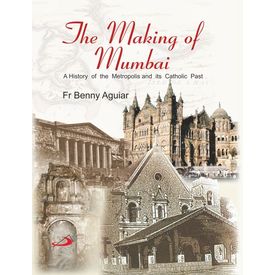
Description
“The Making of Mumbai” is a concise and succinctly well-written book by Msgr. Benny Aguiar. It encompasses Pre-Portuguese, Portuguese, the Maratha and the British period.
For six decades the Marathas whose capital was first Raigad, then Poona, ruled over the neighbouring islands of Salsette and Bassein till the British took them over from Raghoba by the treaty of Surat in Nov, 1775. Aurangzeb ruled from Delhi roughly over all of India, i.e., north of the Godavari, and Afghanistan, while Shivaji the Maratha ruler was building a kingdom for the Marathas in Maharashtra.
For over a thousand years Bombay was an insignificant island off the Western coast of India when places like Kalyan, Sopara and Thane were flourishing centres with their own kingdoms.
This book also brings out the Catholic past of Bombay. In the 1700’s a conflict within the Portuguese rulers of Bombay caused a deep division in the Catholic community. This arose between Padroadists and Propagandists. The book delves into the evolution of the Catholic community in Bombay. It explains when and where the first Churches were built or renovated, and how the transition from one period to another, Portuguese to English to Maratha, led to a decline and then to a revival and formation of a vibrant Catholic Community.
“The Making of Mumbai” makes an excellent coffee-table book enriching one with invaluable information about the past Mumbai when fashionable Colaba Causeway was only a sandy ridge, surfacing at low tide to enable access from Old Woman’s Island to the neighbouring island of Colio or Colaba. Pydhonie was a tidal creek where a weary traveller washed his feet and refreshed his animal before entering the main island.
Reay Road and Parel were stretches of low-lying salt water marshes dotted with toddy trees. There was such an abundance of game and food, that the crew of a ship landing in Bombay in 1529 called it the “Island of the Good Life”.
Since the book talks about Bombay, its history and growth, the Portuguese and British rule that has left behind religious, social, cultural and linguistic impact on the people one would say this is a must-read book for the citizen of Mumbai and for the students of History -- a collector’s book for posterity.
According to Msgr. Benny Aguiar “The making of this book is the result of long research on a number of sources, and many have contributed to it”.
Features
- : Making Of Mumbai, The
- : Fr Benny Aguiar
- : ST PAULS
- : c9789350152379
- : c93505152379
- : Hardcover
- : 323
- : English


